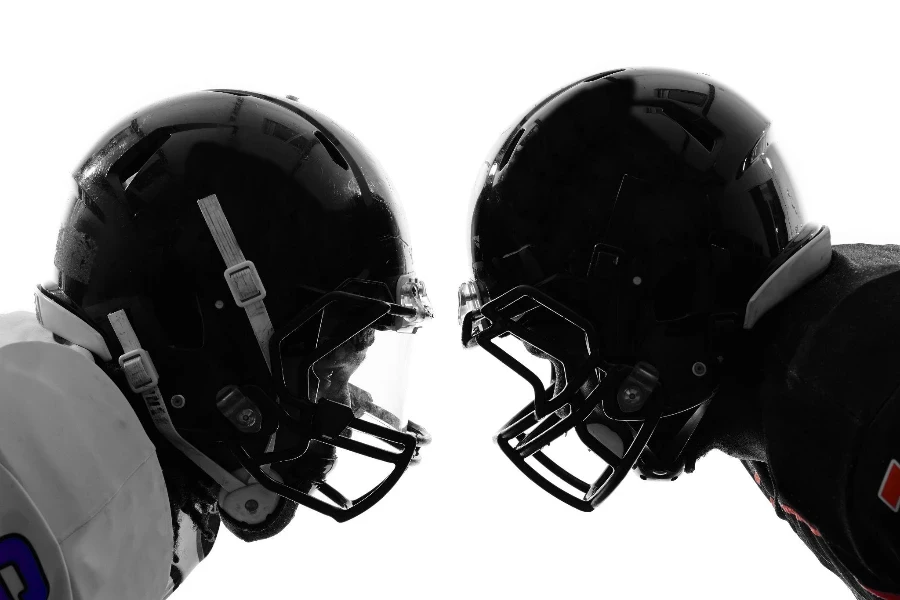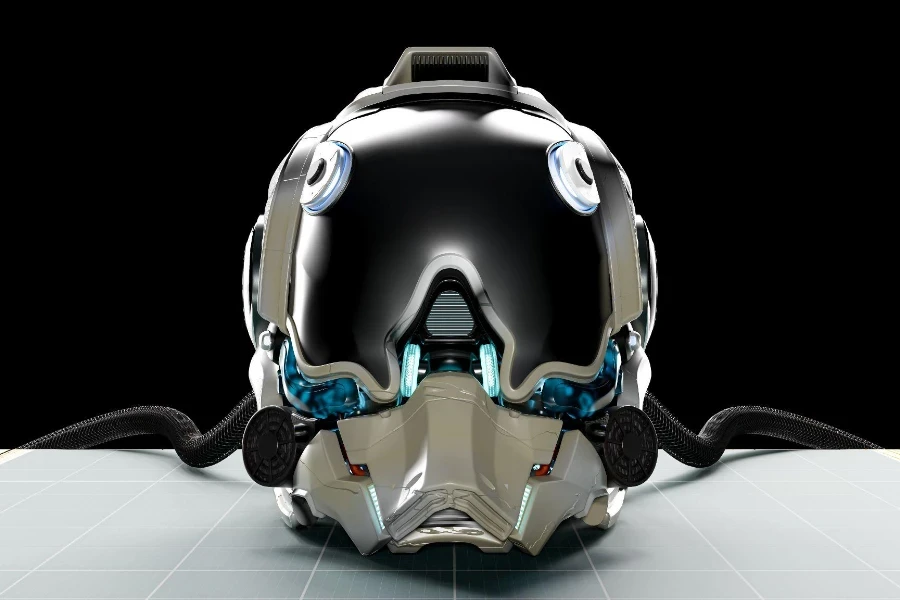In the realm of sports, where the thrill of victory teeters on the precipice of physical risk, the helmet has emerged as a silent guardian. This article delves into the multifaceted world of helmets, exploring their historical evolution, technological advancements, safety standards, customization options, and the future of helmet design. By weaving through these critical aspects, we aim to provide a comprehensive understanding of why helmets are not just an accessory but a necessity in the sports domain.
Table of Contents:
– The historical evolution of helmets
– Technological advancements in helmet design
– Understanding helmet safety standards
– The role of customization in helmets
– The future of helmet technology
The historical evolution of helmets:

The journey of helmets through the ages is a testament to human ingenuity in the pursuit of safety and protection. Initially crafted from leather and metal, early helmets were rudimentary shields against the hazards of ancient sports and combat. As the centuries progressed, the materials and designs evolved, with each era bringing forth innovations reflective of the times. Today, helmets are sophisticated pieces of equipment, integrating the latest materials science and ergonomic design principles to offer unparalleled safety.
Technological advancements in helmet design:

The leap in helmet technology over recent years is nothing short of remarkable. Modern helmets now incorporate advanced materials like carbon fiber and Kevlar, offering superior protection while minimizing weight. Moreover, the integration of sensors and smart technology has introduced a new dimension of safety, allowing for real-time monitoring of impacts and potential injuries. These advancements not only enhance the protective capabilities of helmets but also improve comfort and performance for athletes.
Understanding helmet safety standards:

Navigating the landscape of helmet safety standards is crucial for selecting the right helmet. Various organizations worldwide have developed rigorous testing protocols to ensure helmets can withstand specific impact forces, minimizing the risk of concussion and other head injuries. These standards are constantly updated to reflect the latest research and technology, making it essential for consumers to stay informed. By understanding these benchmarks, athletes can make educated decisions about their safety gear.
The role of customization in helmets:

Customization plays a pivotal role in the world of helmets, addressing both aesthetic preferences and fit adjustments. The ability to tailor a helmet to the specific contours of an athlete’s head not only enhances comfort but also improves the effectiveness of the helmet in protecting against impacts. Additionally, customization allows athletes to infuse their gear with personal style and team identity, fostering a sense of unity and pride on the field.
The future of helmet technology:

Looking ahead, the future of helmet technology holds promising developments. Innovations in material science, such as the exploration of new polymers and energy-absorbing materials, are set to redefine the standards of protection. Furthermore, the advancement of wearable technology could see helmets becoming interactive hubs, providing athletes with real-time data on performance and environmental conditions. These forward-looking trends underscore the ongoing commitment to elevating safety and performance in sports through helmet technology.
Conclusion:
Helmets, with their rich history and constant innovation, stand at the forefront of sports safety. As we’ve explored the evolution, technological advancements, safety standards, customization, and the future of helmet design, it’s clear that helmets are more than just protective gear; they are a critical component of an athlete’s arsenal. Embracing the advancements in helmet technology not only safeguards against injuries but also enhances the sporting experience, allowing athletes to perform at their peak with confidence.








